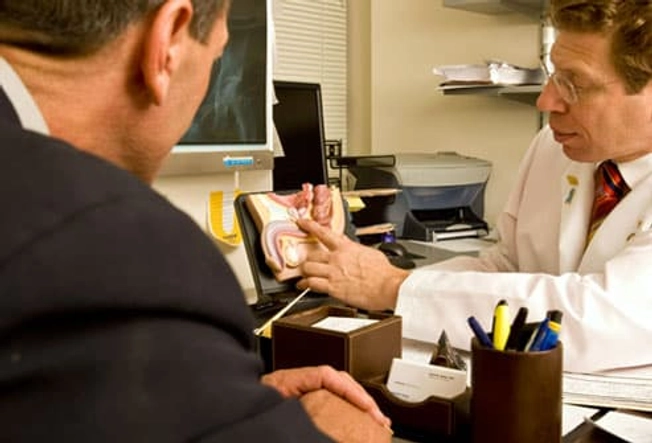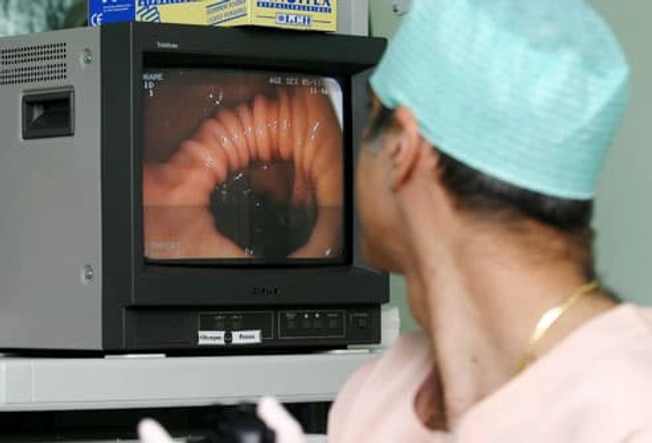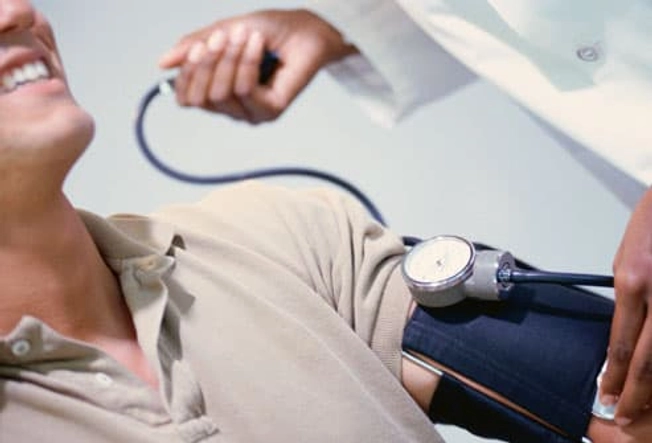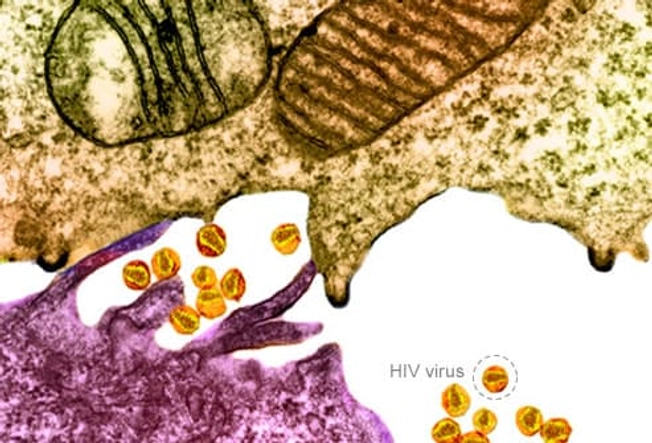- Sex
- Health Concerns
- View Full Guide
Slideshow: Essential Screening Tests Every Man Needs


Why Get Screened
Getting the right screening test at the right time is one of the best things a man can do for his health. They check on your health and if you do have a condition, it's better to find out ASAP so you can start treating it. The tests you need are based on your age and other factors.

Lung Cancer
This type of cancer is the main cause of death from cancer in the U.S. Most lung cancers are caused by smoking. But people exposed to secondhand smoke over long periods of time can get it, too. So can people who don’t smoke at all or haven’t been exposed to a lot of secondhand smoke. Not smoking and avoiding secondhand smoke are the best ways to lower your risk.

Screening for Lung Cancer
A low-dose CT scan is a type of X-ray that takes pictures of your lungs. It’s also called LDCT. Low-dose CT is recommended if you’re between 55-80 years old, smoke now or have quit within the past 15 years, or have a history of smoking a pack a day for 20 years.

Prostate Cancer
Prostate cancer is the most common cancer found in American men after skin cancer. It tends to be a slow-growing cancer, but some types are more aggressive. Screening tests may help find the disease early.

Tests for Prostate Cancer
Screenings for healthy men may include a digital rectal exam (DRE) and possibly a prostate specific antigen (PSA) blood test. Government guidelines recommend against routine PSA testing, so ask your doctor about the risks and benefits. The American Cancer Society recommends that men start talking about that with a doctor at:
- 50 for average-risk men
- 45 for men at high risk. This includes African-Americans.
- 40 for men with a strong family history of prostate cancer

Testicular Cancer
This uncommon cancer is usually seen in men ages 20-54. It can be treated, especially if it's found early. Testicular exams are typically part of a man's routine check-up. Some doctors recommend that men do self-exams for lumps, bumps, or changes in the testes' size or shape.

Colorectal Cancer
Most colon cancers develop from growths called polyps on the inner surface of the colon. Finding and removing colon polyps before they turn cancerous is key.

Tests for Colon Cancer
For most people, screening begins at age 50 (earlier if you're at high risk). Tests include colonoscopy, in which a doctor uses a thin tube and tiny camera to screen the entire colon and remove polyps, or flexible sigmoidoscopy, which only checks the lower part of the colon.
Some people opt for other screening methods. But if polyps are detected, you'd need to get a colonoscopy to remove them.

Skin Cancer
There are several kinds of skin cancer. The most dangerous is melanoma (shown here). The most common forms are melanoma basal cell and squamous cell skin cancers. Risks include sun exposure, tanning, and sunburns.

Screening for Skin Cancer
Check your skin regularly for any changes including the shape, color, and size of any marks. Your doctor, dermatologist, or other health professional should also check your skin when you get a checkup. Treatments are more effective when skin cancer is found early.

High Blood Pressure (Hypertension)
Your chances of getting high blood pressure are tied to your age, weight, and lifestyle. Many people have high blood pressure and don't know it. It's treatable, and changing your diet and exercise habits can make a big difference. That may help you avoid heart disease, stroke, and kidney failure

Screening for High Blood Pressure
Blood pressure readings give two numbers. The first is the pressure in your arteries when your heart beats. The second is the pressure between beats. Normal blood pressure is less than 120 over less than 80 (<120/<80); elevated is 120-129 over less than 80 (120-129/<80); hypertension stage 1 is 130-139 or 80-89; and hypertension stage 2 is greater than 140 or greater than 90 (≥140 or ≥90).

Cholesterol Levels
If you have too much LDL cholesterol in your blood, plaque builds up in the walls of your arteries (seen here in orange). This makes heart disease more likely. Over time it can lead to heart attack and stroke. Lifestyle changes and medications can lower your LDL levels.

Checking Cholesterol Levels
A blood test can check your levels of total cholesterol, LDL ("bad") cholesterol, HDL ("good") cholesterol, and triglycerides (another type of blood fat). Your doctor may ask you to fast for a few hours before the blood test.

Type 2 Diabetes
One-third of Americans with diabetes don't know they have it. Uncontrolled diabetes can lead to heart disease and stroke, kidney disease, blindness from damage to the blood vessels of the retina (shown here), nerve damage, and impotence. But if found early, you can control diabetes and avoid complications with diet, exercise, weight loss, and medications.

Screening for Type 2 Diabetes
A fasting plasma glucose test is most often used to screen for diabetes. Doctors may also use the A1C test, which checks how well your body has controlled blood sugar over time. Healthy adults should have the test every three years starting at age 45. Some people, including those with high cholesterol or high blood pressure, should start testing earlier and more often

HIV
HIV is the virus that causes AIDS. It spreads from one person to another through blood or other bodily fluids. Treatments can keep HIV infection from becoming AIDS, though these medications can have serious side effects

HIV Screening Tests
Many people don’t know they have HIV. A series of blood tests can check on HIV. The first test is called ELISA or EIA. It looks for antibodies to HIV in the blood. A second test called a Western blot assay is done for confirmation. Repeat testing is recommended. If you think you may have been exposed to HIV, ask your doctor about the tests.

Preventing the Spread of HIV
Using latex barriers such as a condom or a dental dam is necessary to avoid getting HIV and other sexually transmitted infections. If you have HIV and are pregnant, talk with your doctor about what needs to be done to reduce the risk of HIV infection in your unborn child. Drug users should not share needles.

Glaucoma
Glaucoma is a group of eye diseases that gradually damages the optic nerve and may lead to blindness. Screening tests look for high pressure within the eye, to find and treat glaucoma before it damages the optic nerve.

Glaucoma Screening
Eye tests for glaucoma are based on age and personal risk:
- Younger than 40: Every 2-4 years
- 40-54: Every 1-3 years
- 55-64: Every 1-2 years
- 65 up: Every 6-12 months
Your doctor can check on whether you might need to start screening earlier or get tested more often, based on your particular risk factors